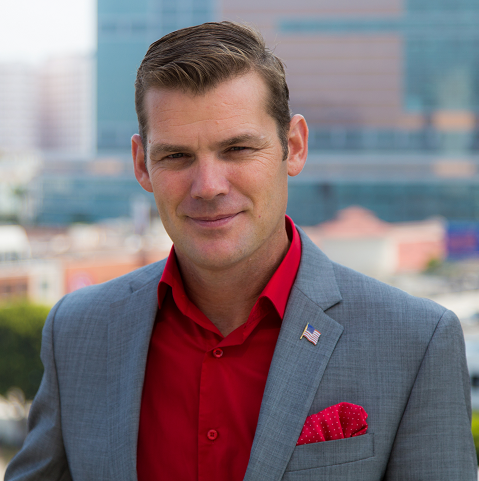By Derek Peterson, Boingo
Wireless

A retail renaissance is upon us, driven by a shift in
economics, competition and exponential advancement in technology, per a new
report from Deloitte.
Mobile has emerged as the crown jewel fueling the resurgence, as digital devices
are now central to the in-store shopping experience. Up to 90% of consumers use
their phone while shopping in stores and retailers are increasingly enhancing
digital transformation strategies to take advantage of the new mobile-powered
shopping era across every vertical, from department stores and supermarkets to
hardware, sports and specialty retailing.
Digital shelf edges, mobile payments, concierge services,
kiosks, cloud management, augmented reality (AR), virtual reality (VR) and
productivity apps for store associates are all among the solutions that can augment
operational efficiencies, open data opportunities and create a captivating
in-store experience.
At the heart of these and other tech initiatives is a robust
wireless network that can stack up to retail demands, power seamless
connectivity and flourish in a 5G world. An advanced cellular network is
crucial, as a lack of mobile coverage not only frustrates shoppers, it can mean
a world of missed opportunities for retailers — including the biggest of them
all…lost revenue.
Neutral host cellular solutions utilizing small cells are
seeing rapid adoption in retail for bridging the wireless gap and — perhaps what’s
most compelling to retailers — creating new revenue streams. Here’s a fast
guide on what to know about this trending retail technology that is becoming
paramount for any digital transformation strategy.
Small
Cells, Big Opportunities
A small cell is just like the name implies:
it’s a mini cell site that augments cellular service for shoppers and staff
alike. Its purpose is to solve a building’s wireless capacity and coverage
issues. Instead of depending on signals from traditional towers miles away that
struggle to penetrate buildings, coverage is brought inside the desired retail
location and boosted via small cells that are discreetly installed and designed
into a cohesive cellular network, resulting in better connected employees and
customers. This is a must for the retail renaissance.
Neutral
Host Is Key
There are many factors to consider when
building or upgrading a wireless network to stay competitive and move with the
times, but the one aspect that should take precedence over anything else is a
Neutral Host model. Unlike monolithic networks that cater to one technology or
one operator, Neutral Host is a carrier- and vendor-agnostic shared platform,
supporting all wireless standards and protocols. Coverage will be consistent
regardless of what carrier you and your customers use — AT&T, Sprint,
T-Mobile, Verizon or others — which is huge. Building a network with one
carrier should be avoided as it’s a risky move that can leave out important
customers.
Let’s
Talk Money
Like any business, at the end of the day,
technology should be about improving your bottom line. First and foremost, view
Neutral Host small cells as what I like to call the magic behind the gadget.
The technology helps enable a digital in-store experience that can drive more
business. Looking at the build of the network, small cells are a low-cost
solution that may see carrier contribution. They are designed to augment
existing infrastructure on-site, which can further drive down cost. Also keep
in mind that third-party small cell providers like Boingo do not require capital
investment to launch the network, and implementation is low impact to get up and running.
The retail renaissance has arrived and new wireless solutions
are making their mark. How will you benefit from the industry’s rebirth?
Derek Peterson, Ph.D.,
is Chief Technology Officer at Boingo Wireless.
Dr. Peterson is responsible for the company’s technical vision and strategy.
Under his leadership, Boingo is pioneering the adoption and deployment of the
latest wireless network technologies for retailers. Improving in-store wireless
coverage enhances the customer experience and boosts operational efficiencies. Dr.
Peterson is a board member of the Wireless Broadband Alliance, MulteFire
Alliance and New IP Agency, and a founding member of the Wireless
Infrastructure Association’s Innovation & Technology Council. He was named
“CTO of the Year” in 2017 by the Los
Angeles Business Journal and a 2015 “Wireless Industry
Executive to Watch” by FierceWireless.






